Varicosis is a scourge of our time.According to clinical research, on the planet, about half of the entire population suffers from one or another form of pathological disorders of the circulatory-vascular system.Women, in their physiological characteristics, are more prone to diseases.Their number is up to 40% of the total number of patients.While men are only in 20% of cases subject to this pathology of the blood vessels.
Very often, the people of the middle-aged band (30-40 years) and the elderly suffer from violation of venous blood circulation.The first disease affects the lower limbs.
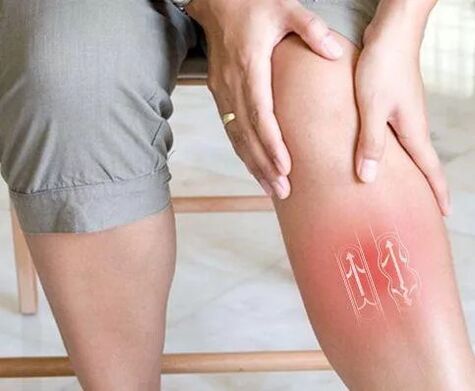
The symptoms and treatment of varicose veins on the legs are strictly interconnected and provide for a preventive examination of the blood vessels for the selection of adequate therapy.
Clinical image
The dysfunction of venous blood flow develops due to the damage to the valves of the perforating veins (connections), their overload and deformation.When the work of the deep (internal) arteries is disturbed, blood circulation becomes chaotic, which leads to its ingestion and the formation of characteristic knots.Not intended to transport such a powerful blood flow, thin veins are stretched, forming vascular balls and the notorious blue "snakes" (tortuous veins, which appears to the surface of the skin).These defects are clearly visible to the naked eye or on the palpation of the destruction site.
The varicose veins belong to progressive pathologies, which without timely treatment are full of healthy complications and disabilities.The wrong blood reflux has different manifestations, depending on the severity of the state of patients with blood vessels, and is expressed through an increase in intellectual pressure and the appearance of excessive fatigue of the legs, swelling, severity in the feet and ankles, regular convulsions.In advanced cases of varicose veins in places of vascular damage, the formation of wounds, ulcers and blood clots is possible.
Varicosis is primary and secondary.In addition to the lower limbs, the place of dislocation of the disease is also the stomach, the esophagus, the pelvic organs, the testicles, the seed ropes, the penis, the colon.In case of violation of the blood flow of the deep veins, the pathology proceeds rather difficult, leading to weakening the walls of the blood vessels, expanding the internal cavity of the arteries and the transition of the disease in a chronic form (venous insufficiency).Therefore, the previous varicose veins are diagnosed, the greater the possibilities of recovery and less the risk of pathological complications.
Because of what is formed
The causes of venous expansion are different factors.Conventionally, they can be divided on the basis and secondary.The main sources of varicose veins are:
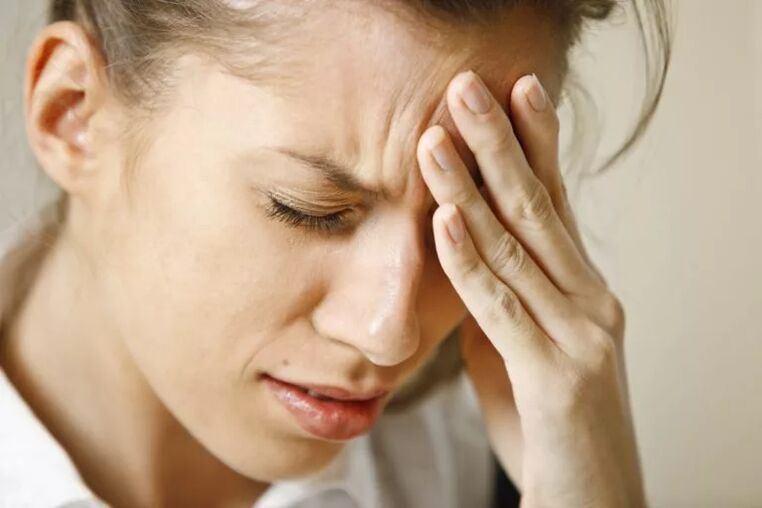
- Constant heavy physical effort;
- Long stay with a static position: sitting or standing;
- Adverse environmental conditions - for example, constantly high air temperature;
- Body weight fluctuations or chronic obesity;
- Hormonal imbalance - a period of pregnancy or menopause;
- Endocrine system diseases;
- Hereditary-genetic predisposition, manifested in the characteristics of the structure of the blood vessels, i.e. the congenital anatomical inferiority of the venous valves and the weakness of the connective tissue of the arterial walls;
- Neurosis.
Also, indirectly cause the dysfunction of the venous vascular system can:
- The systematically repeated stresses that influence the state of the arteries and nerve endings, causing an increase in pressure and elasticity;
- Professional sports classes with the main emphasis on the lower limbs - raising the bar, long -term run, etc.;
- Wear uncomfortable clothes and shoes - one thing that strictly in the pelvis and legs, narrow and high wheels shoes in the area;
- Lesions previously transferred of the lower ends (fractures);
- An elderly era, following which the functionality of the epithelial cells hastened, contributing to the weakening of the walls of the veins, the altered valves and to an increase in the internal volume of the arteries.
In history, the development of varicose veins, as a rule, is not stimulated by one, but by a complex of factors.
Symptoms of the disease
Varicose veins can have a variety of manifestations that depend on the degree of complexity of the pathology and the physiological characteristics of the patient's body.In accordance with the phases of varicose veins, the following symptoms of blood vessels are noted:
- Venous motifs or "stars" (telancioctia) on the skin;
- Swelling of the limbs, especially at the end of the day;
- Pain in the legs or along the veins when they feel;
- Periodically repeated convulsions;
- Fatigue, especially on excursions;
- Visual manifestation of the veins on the surface of the skin;
- Feeling of heaviness in the legs;
- Burn in places of injury of the veins;
- Muscle itching;
- Pain of nature and different pains;
- The formation of twisted veins in the area of the legs and feet;
- Dermatological changes in the skin: the appearance of dryness, pigmentation, darkening;
- Development of dermatitis, eczema and trophic disorders in the form of wounds and non -Healing ulceration;
- Skin compaction in places of progression of varicose veins;
- The formation of hematomas.
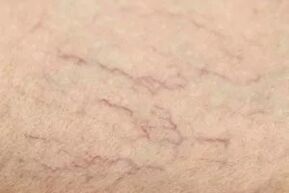
Rarely, but sometimes it happens, the breakdown of venous knots and the presence of subcutaneous bleeding.In this case, the situation requires emergency medical care and surgery.
Symptoms can manifest themselves from adolescence.By developing imperceptibly, after a while the disease makes itself felt by a mass of unpleasant consequences for health.If at least one is present from the above signs, an exam should be immediately subjected to.Heals patients with phlebologist or surgeon.
Classification
On the basis of the decision of the community of international scientists, the pathological expansion of the veins of the lower ends is customary to systematize on the basis of the special classifier of the pathology of Ceap anatomy or clinical etiology.On the basis of this type, the varicose veins have 6 clinical phases:
- Zero.There are significant subjective complaints of the patient on some of the symptoms of varicose veins, but with visual examination and medical examination, evident signs of the disease are still absent.
- I graduate.On the surface of the skin, small vascular networks appear, rare edema, heaviness, burning, feeling of "hum" in the legs.
- II degree.It is considered the starting point of the real varicose veins.It is characterized by a distinct external event of enlarged vessels, the formation of venous knots that aggravate after a long stay in a static state or walks with high wheels.Starting from this phase, thrombosis is observed.
- III degrees.The symptoms of the second group are united by a regular swelling, more evident at the end of the day and painful and painful pain in the calves.
- Grado IV.Trick changes are observed in the skin.Due to the excessive accumulation in the pigment epidermis, the skin begins to change its color from dark brown to black.It is also possible to develop small local inflammations in the form of erythema or wet injuries, bringing over time to the atrophy of the dermis and ulcers.
- AG Degree.It has the same course as the fifth phase, but with the acquired trophic ulceration.
- You graduate.It is characterized by a serious progression with the formation of non -healized wounds and ulcers.
Varicose veins are serious.Without timely treatment and constant prevention, it progresses quickly and leads to irreversible consequences and serious consequences, until death.Only 10 years are sufficient to make a diagnosis of varicose veins, so that the pathology of the 1st stadium develops in the VI-Yu.
Complications
The effect of varicose veins on the body is extremely negative.If at the beginning, the disease does not manifest itself in any way, causing only rare discomfort and insignificant cosmetic defects, then in the subsequent stages the pathology becomes a pronounced character and leads to serious consequences for long -term health.The changes occur at a deeper level, influencing the entire functional system of the body.
Therefore, due to the disorder of reflux and stagnation of venous blood in the arteries, the access of the blood supply saturated with oxygen to the tissues and organs slows down, causing oxygen hunger and, consequently, hypoxia.At the same time, the pressure inside the arteries grows, expanding and increasing the ships of the venous channel in the volume.In the body, toxins, for metabolism products they begin to accumulate in the body, causing skin inflammation everywhere (dermatitis) and the pathological condition of the subcutaneous tissue (cellulite).In the walls of small small, irreversible changes occur.
The greatest danger of varicose veins is his complications manifested against his background.The most frequent and common consequences of compromised reflux are:
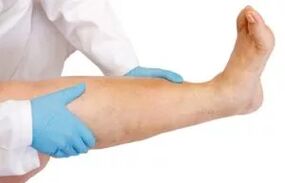
- The swelling of the lower limbs, which becomes constant and does not pass even after a long rest;
- Static pain in the legs of different intensity;
- Muscle cramp attacks, increasing in their frequency;
- Constant fatigue and heaviness in the legs;
- Increase in weakness and body temperature;
- The development of dermatitis, manifested in the form of an itching;
- Chronic skin inflammation (eczema);
- The formation of open trophic ulcers;
- Severe arterial bleeding during injuries due to compromised blood coagulation;
- Inspe with (accumulation) in places of lengthening of the blood veins and the formation of blood clots, clogging the internal space of a sick vase;
- Flebotrombosis;
- Inspe with subcutaneous fat fabric;
- Hyperpigmentation of the skin;
- Bleeding of varicose nodes;
- Thromboflebitis - inflammation of the internal walls of the veins.
Without adequate treatment, the pathology advances constantly and enters a permanent state, causing chronic venous insufficiency and pulmonary arterial thromboembolia. The latter refers to extremely serious complications and is fraught with sudden death.But even in an unconventive situation, the varicose veins are enormous, significantly reducing the overall quality of the patient's life.
Pathology in men
The pathology of the veins has no gender.However, according to pathogenesis, the disease is conditioned in male and female varicose veins with its own details of training and development inherent in each of them.Therefore, the characteristics of male physiology do not contribute to the formation of representatives of the strong half of the problems of humanity with the veins, but there are a series of factors in favor of this.Among them:
- Hard physical work or professional sport associated with wear or load lifting;
- Sedentary lifestyle;
- Poor nutrition;
- Genetic trend;
- Prolonged use of hormonal drugs;
- Bad habits.
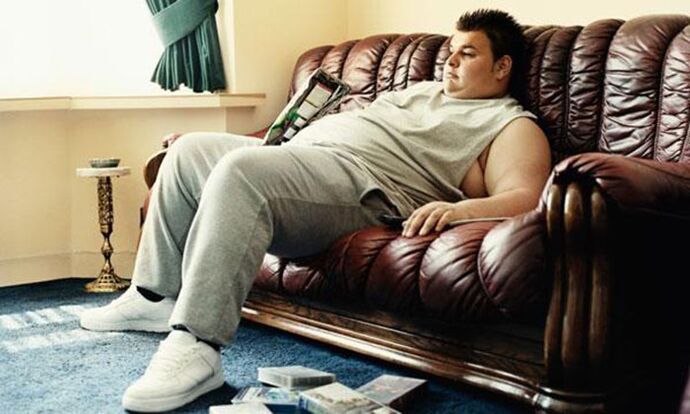
Varicosis develops in men most often at the age of 40 and is accompanied by an increase in the fat from the legs, lower legs, visible edema, venous motif on the surface of the skin, frequent convulsions and the itching of the skin from the type of allergic dermatitis.In some advanced cases, blood clots and vascular infection are possible.And if at the beginning the disease is invisible, over time its manifestations become obvious.But the main changes occur within the veins, whose walls are so weakened that any, even insignificant, on them, the effect of the toxic substance or infections causes their damage.The technique of the treatment of varicose veins in men is the same as women and has no specific characteristics.
Pathology in women
The beautiful half of the population suffers from varicose veins several times more often than men.The favorable factors for this are:
- Wear high -wheeled or selected shoes not in accordance with the size and fullness of its leg;
- Excessively narrow shots or clothes that prevent normal blood circulation;
- The work that requires the whole day standing is a seller, administrator at the reception, hairdresser, teacher, cook, etc.;
- Hormonal changes due to pregnancy, childbirth and renovation related to the age of the body (menopause);
- Weight experiments: frequent body weight fluctuations, extreme diets aimed at a strong weight loss, an unchanged set of extra kilos.
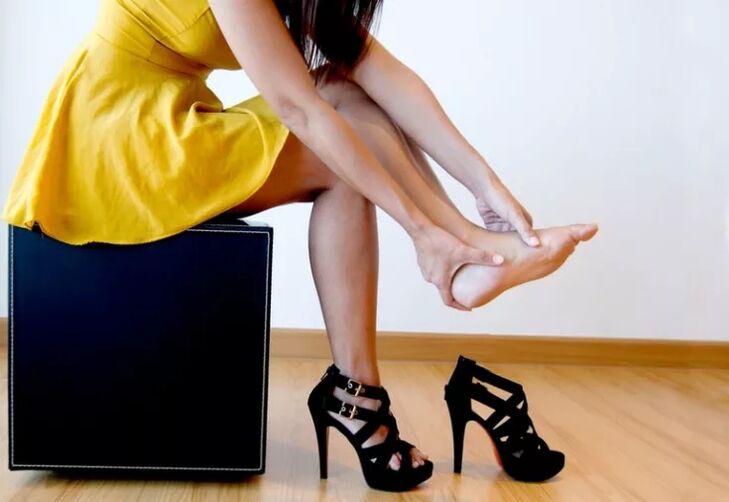
They are women who are frequent patients of phlegologists and cosmetologists.In an attempt to preserve the aesthetic aspect of the skin as long as possible, women are more responsible for the treatment of varicose veins than men and obtain visible improvements in the clinical state of the arterial system.
Given the greatest natural tendency to varicose veins, the appearance of symptoms such as swelling of the legs, excessive legs, feeling of itching and burning of the skin, the manifestation of small vases and the venous model should seriously warn a woman and become a reason for an immediate visit to the doctor.
Diagnosis of the disease
To make an accurate diagnosis of varicose veins, in addition to determining the degree of gravity, special research methods are used.The standard exam scheme when accessing a phlebologist consists of the following procedures:
- Collect the anamnesis of the disease, which establishes possible risk factors and causes;
- Visual examination of the patient by changing the last position, as well as the palpation of places of injury of the veins;
- Laboratory blood test;
- Duplex sinography colorful ultrasound of the lower ends arteries, which allows you to correctly carry out a medical opinion, measure the speed and direction of the bloodstream, process a map of its movement, obtain a characteristic and a clear image of the blood vessels;
- Vascular X -Raggio (phlebography) using a question of contrast to determine the appearance and shape of the veins, the functional capabilities of the valves and the direction of the bloodstream.
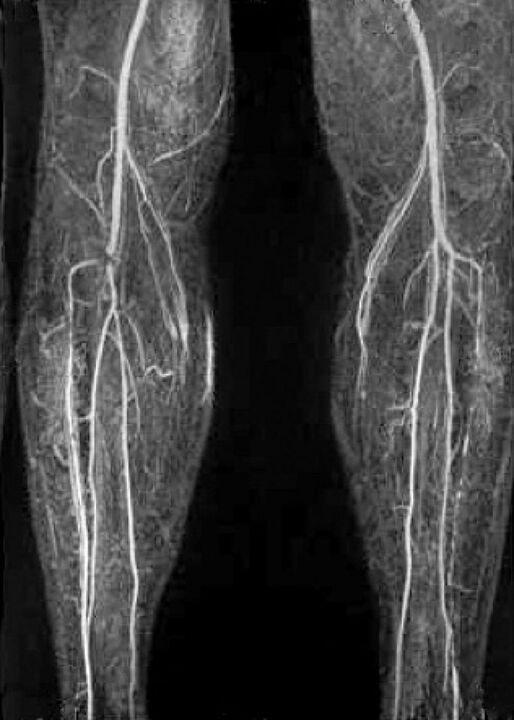
Often these research methods are enough to determine the exact clinic, however, in some cases, they resort to the use of further diagnostic methods:
- Three -dimensional CT (computerized tomography) with phlegography;
- Photopletismography, which provides for the use of infrared and bright radiation of a photojm or phototransistor;
- Fleboscintography based on the use of isotopes of radionuclids and phlebomanometry, dynamic examination of the venous pressure of the lower limbs;
- Lymphoscintigraphy showing the condition and degree of change in the lymph nodes.
The need to use a particular diagnostic method is established by the doctor based on the complexity of the situation and the patient's individual clinical indicators.
A research method conducted promptly and selected allows you to determine the position of the surface and deep veins and form an accurate pattern of the therapeutic course according to the indicators.
Conservative treatment
In the initial stages, reversible varicose veins and, with a responsible approach to treatment, are completely eliminated.In other cases, to combat expanded veins, they resort to conservative therapy using drugs, intravenous corrective drugs and a special compression linen.Each of this type of treatment has its own indications for the appointment and specifications of exposure to the sick body.
- Drug therapy.
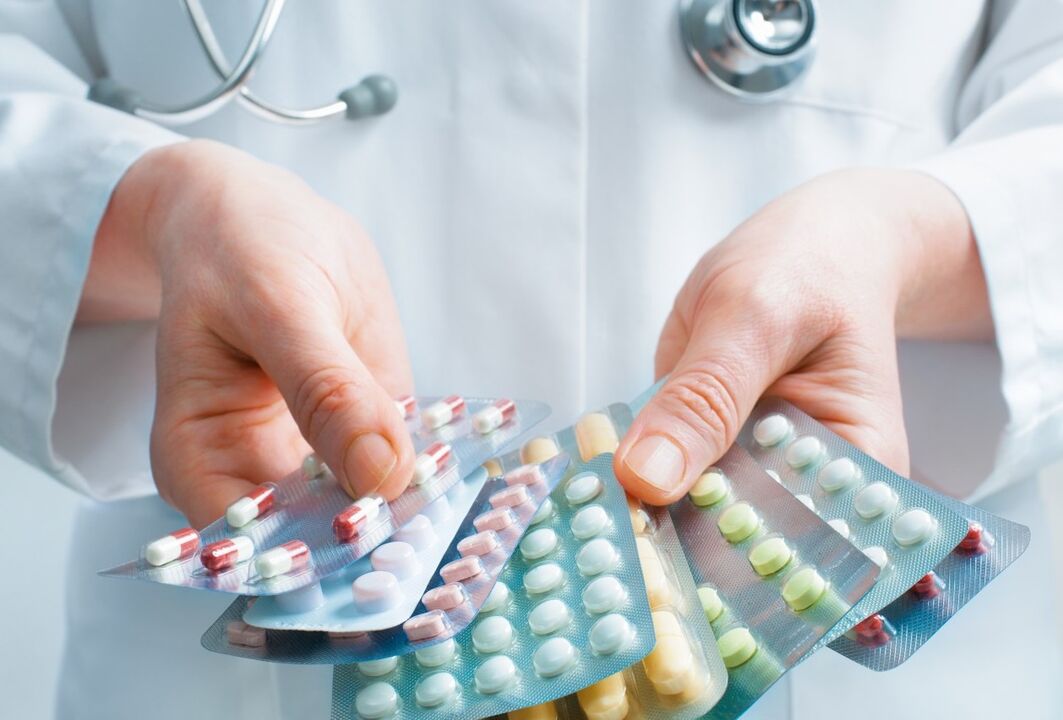 It implies oral use during a certain period of phlebotropic drugs - phlegonic, anticoagulants and antioxidants - contributing to the strengthening of the blood vessels and reducing their fragility, better thinning of the blood and the normalization of the bloodstream, eliminating the toxic substances accumulated by the body.For local treatment, the tonic, painkillers are used and removal of edema of gel and ointments.In addition, the B vitamins are introduced in the therapeutic complex, K, etc.The decision on the duration of the treatment is taken on the basis of the results of the diagnosis and nature of the dynamics of the disease.
It implies oral use during a certain period of phlebotropic drugs - phlegonic, anticoagulants and antioxidants - contributing to the strengthening of the blood vessels and reducing their fragility, better thinning of the blood and the normalization of the bloodstream, eliminating the toxic substances accumulated by the body.For local treatment, the tonic, painkillers are used and removal of edema of gel and ointments.In addition, the B vitamins are introduced in the therapeutic complex, K, etc.The decision on the duration of the treatment is taken on the basis of the results of the diagnosis and nature of the dynamics of the disease. - Sclerotherapy of the arteries.The method involves the use of special drugs that act by gluing the varicose veins affected from the inside.Consequently, reflux is stabilized and is already carried out in healthy vessels.The procedure is performed invasively, by means of an intravenous administration of the solution.It is prescribed with a certain state of blood vessels and small size of venous knots.
- Ozonotherapy.It is part of cosmetic medicine and consists in the influence of a cold ozone ship in the internal space of the ship to glue the place of defect.In addition, the method is actively used to remove the non -aesthetic vascular network from the surface of the skin.Effective in the initial phase of the disease.To obtain the desired result, only some procedures are sufficient.
- Compression therapy.
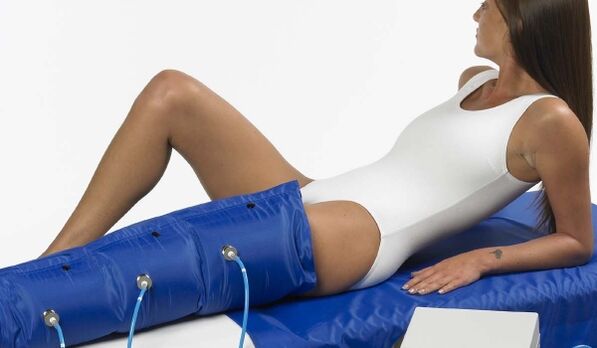 It consists in wearing a special medical linen that creates pressure of various intensity on different parts of the legs, which in turn helps to reduce the load on the veins and restore blood circulation.The constant use of corrective underwear protects ships from lengthening and development of thrombosis.As expected, the compression underwear is preventive (minimum compression force), therapeutic (worn only during the exacerbation of veinosis) and the hospital (used in the postoperative period in the hospital).It is produced in the form of tights, socks, golfs and an elastic bandage.The choice of compression linen is made only on the recommendation of a doctor.
It consists in wearing a special medical linen that creates pressure of various intensity on different parts of the legs, which in turn helps to reduce the load on the veins and restore blood circulation.The constant use of corrective underwear protects ships from lengthening and development of thrombosis.As expected, the compression underwear is preventive (minimum compression force), therapeutic (worn only during the exacerbation of veinosis) and the hospital (used in the postoperative period in the hospital).It is produced in the form of tights, socks, golfs and an elastic bandage.The choice of compression linen is made only on the recommendation of a doctor.
These therapy methods have high efficacy in simple forms of varicose veins of the lower ends and help to eliminate pain, to reduce swelling, improve the system of valves, increase the tone of blood flow, normalize blood flow and prevent the development of the negative consequences of the disease.
Surgical exposure methods to expanded veins
The operation for varicose veins is carried out only in extreme cases when a deep injury of the veins is diagnosed with concomitant complications.The indications for the appointment of the surgical intervention are:
- Evident aggravation of the pathology;
- Development of thromboflebitis;
- Visible expansion of subcutaneous veins;
- Strong swelling and fatigue of the lower limbs;
- Pathological violation of reflux.
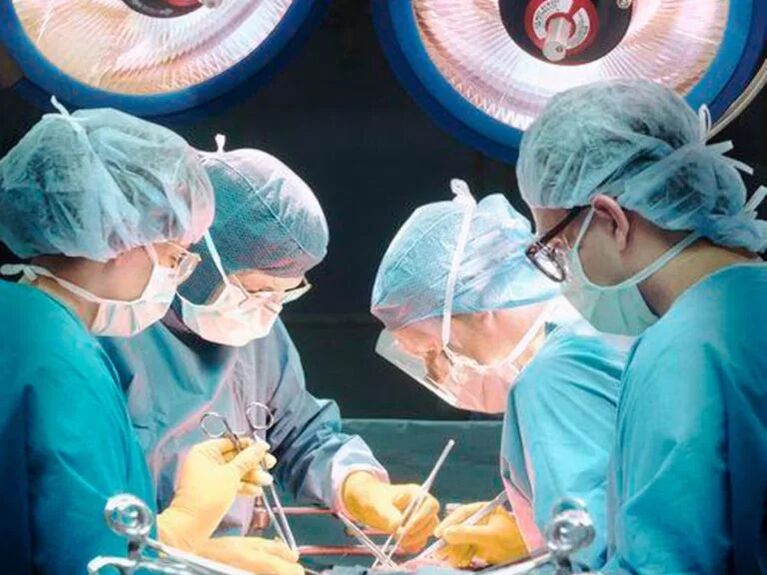
The general anesthesia operation is performed using modern surgical techniques, such as:
- Radio frequency journey of blood vessels.Restoration of the structure of the veins from the inside using disposable catheter and automatic radio wave generators.
- Endidenosa thermal occlusion with Paypules (SVS).The impact on the ships of the abundant heated steam flow.It allows you to penetrate the most inaccessible areas of the venous canal and directly influence deformed ships.
- Laser coagulation of the veins.It implies the use of a laser ray directed to a sick vein.The procedure leaves no cuts, burns and scars.
- The technique that consists in pasteing the valves of the blood vessels with special biological glue.
- Varadi method.The most complex treatment method, involving the removal of the ship concerned.Thanks to 100% of efficiency, it is one of the priority methods of neurosurgery.
Despite the high effectiveness of surgical treatment, it often takes place in combination with conservative therapy methods.This approach allows you to speed up the recovery process and safely correct the result.
Rehabilitation period
During the recovery period and in the future, a competent rehabilitation program helps in the fight against varicose veins of the lower ends, including periodic drug therapy, as well as compliance with the rules of a healthy lifestyle and the implementation of therapeutic gymnastics.
In addition to physical education at the amnesty, a patient with a diagnosis of varicose veins, regardless of the development phase and the rehabilitation period, to improve blood circulation and prevent blood stagnation in the veins, is useful for wearing corrective medical underwear.
Preventive recommendations
To reduce the risk of developing the pathology of the veins, it is sufficient to adhere to simple but effective suggestions:
- Try to conduct an active image
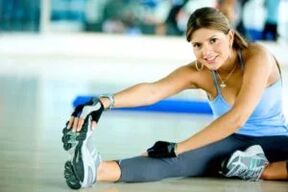 He also lives with static work: move more, periodically change your position, make short breaks for gymnastics or rest;
He also lives with static work: move more, periodically change your position, make short breaks for gymnastics or rest; - Do not throw a leg on the leg during the seat;
- Do not wear strongly squeezing things;
- Refuse high wheeled shoes or put on the occasion;
- Treat chronic circulatory disorders, in particular hemorrhoids;
- As a sports hobbies, choose walks by bicycle and swimming;
- During the rest, place the legs above the heart level;
- Review the power supply system and include useful products in the diet;
- Check your weight and try to keep it in constant dimensions;
- Abandon bad habits - smoking, alcohol, abuse of fatty foods, etc.;
- Take a contrast shower;
- Use a large amount of liquid during the day - from 1.5 to 2 liters;
- Avoid the long -term stay in the sun.
The application of these simple recommendations will help not only to slow down the varicose veins and relieve the unpleasant discomfort in the lower ends, but also to warn its appearance in the future.
The treatment of varicose veins has a variety of reviews depending on the complexity of the method of diagnosis and therapy.
"During pregnancy I came across varicose veins. I did not lead anything to childbirth. But after having to take emergency measures. I treated the veins with ointments and pills, since the situation was not catastrophic. Now I am periodically examined by a phlebologist. There is still no deterioration."
"I learned to know the varicose veins thanks to sport. The regular loads did not go unnoticed and overturned in the progressive varicose veins of the left leg. The usual treatment did not help, I had to do the operation. I was terribly afraid, but I was happy to be agreed. I agreed. I removed the sick vein with a laser. For 2 years I lived neither pain nor pain."
























